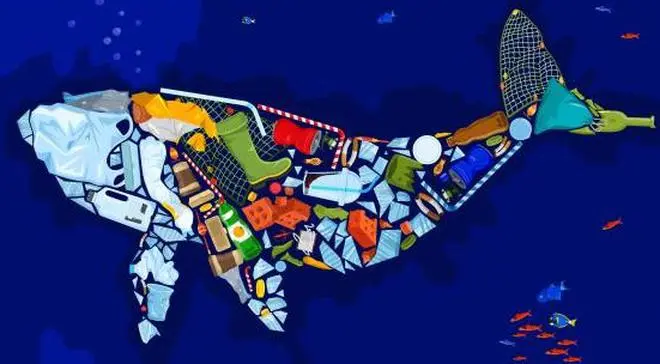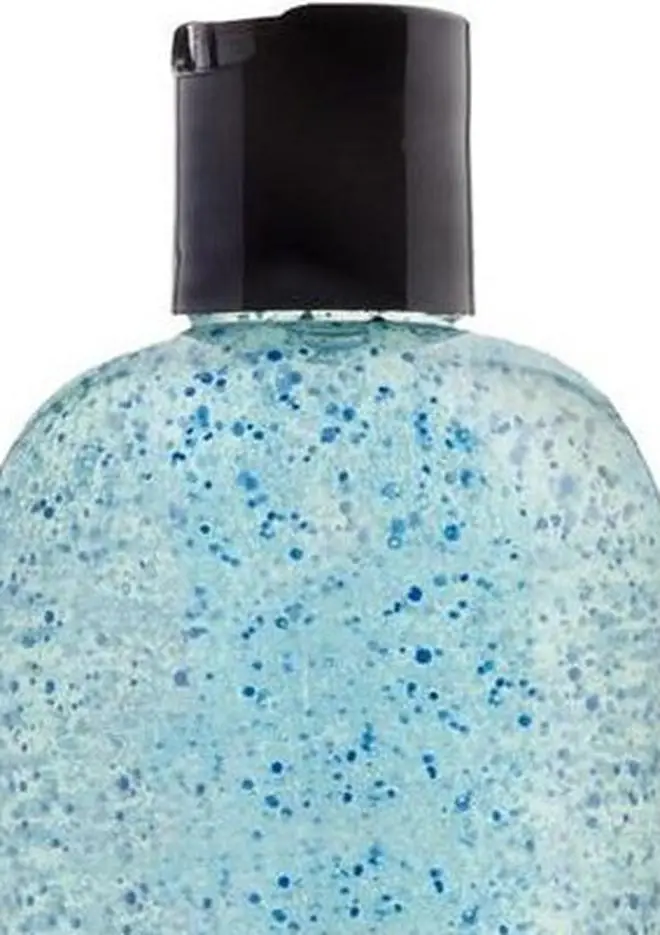It is not widely known that plastics we discard break down into microplastics which are less than 5mm and can easily merge with sand and sediment without being easily spotted.
Microplastics are literally omnipresent. Each year, humans pollute the water systems with about eight tonnes of plastic. Some of it washes to the shore, but others break down into microplastics. UV rays from the sun and the oceans’ environs break down plastic into microplastics. They float on the surface of the sea and are ingested by fish.

Many everyday products contain microplastic particles. Toothpaste, body scrubs and facial applications that remove dead cells from the skin have plastic microbeads that acts as scrubbers. They end up as plastic pollutants through the sewage system into water bodies. Synthetic clothing is a major source of microplastics. Typically, fabrics release 1,900 synthetic fibres each time they are washed. It is estimated that 85% of microplastic in our oceans and water systems come from synthetic fibres.

Even Arctic ice has not been spared. Over 12,000 microplastic particles were found per litre of sea ice of some samples surveyed. When glaciers and sea ice melts they merge with the ocean water and soon microplastics enter our food chain.

Microplastics can be found in every form of water we use, including tap water. Eleven of the world’s largest bottled water brands were tested for microplastics. The results showed that 93 per cent of the bottled water contained microplastics.

A pilot study in 2018 found microplastics in the digestive tracts of humans. The impact of microplastic pollution on our lives could not be more telling than that.





Comments
Comments have to be in English, and in full sentences. They cannot be abusive or personal. Please abide by our community guidelines for posting your comments.
We have migrated to a new commenting platform. If you are already a registered user of TheHindu Businessline and logged in, you may continue to engage with our articles. If you do not have an account please register and login to post comments. Users can access their older comments by logging into their accounts on Vuukle.